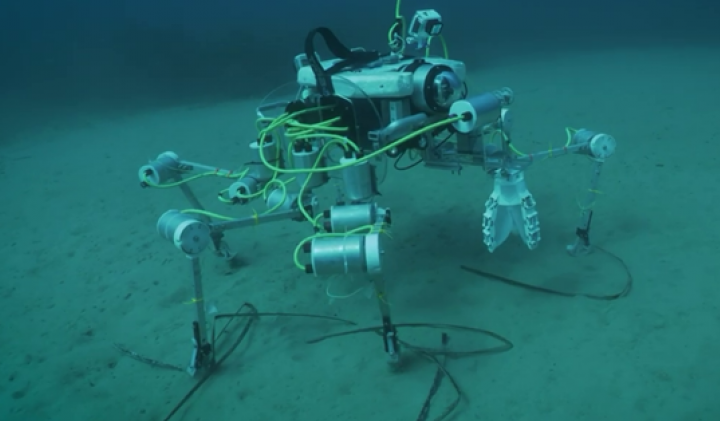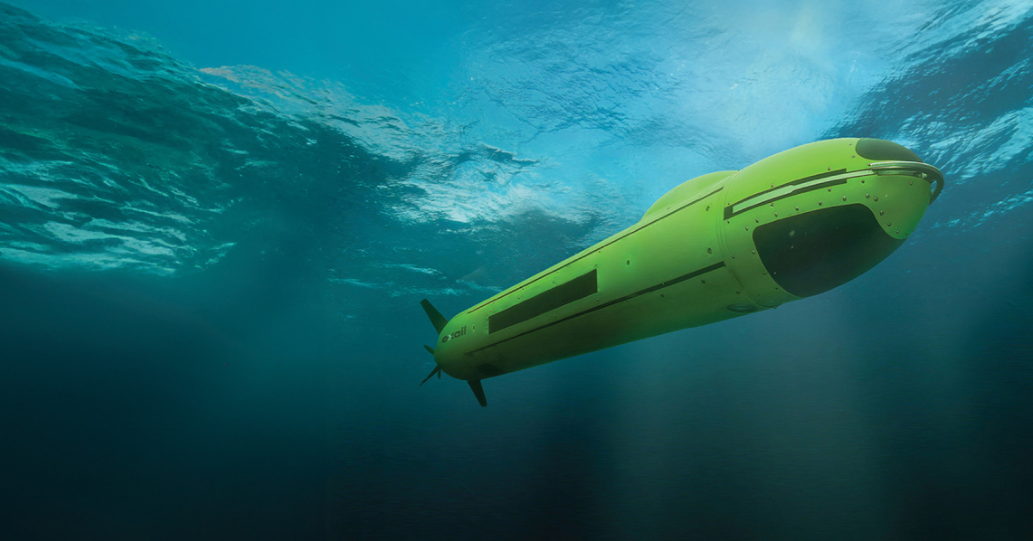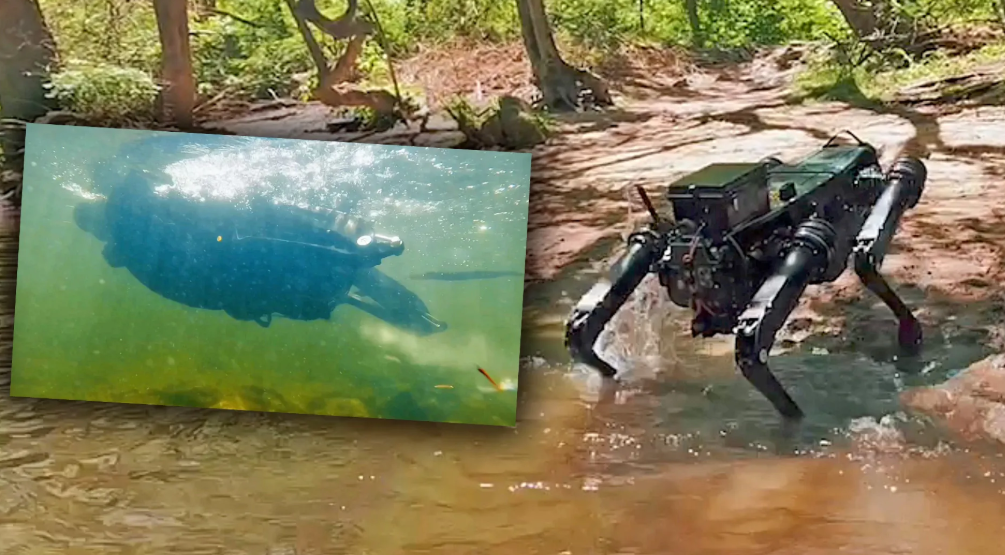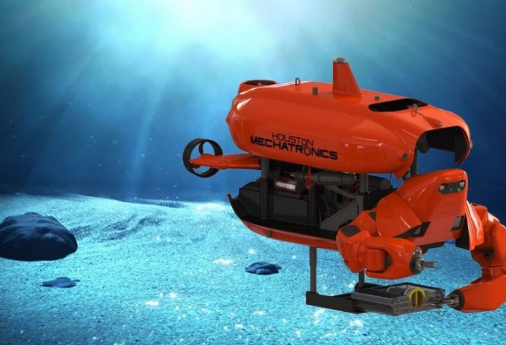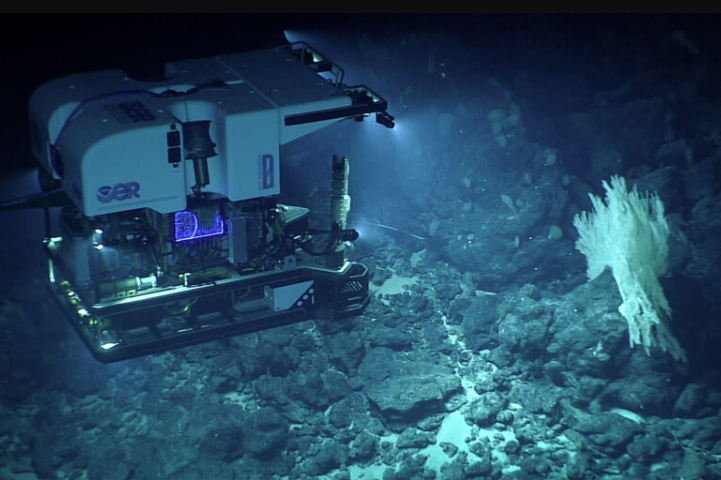The ocean depths remain Earth's last great unexplored frontier, with more detailed maps of Mars' surface than our own seafloor. This knowledge gap is rapidly closing thanks to an extraordinary evolution in Underwater Robot technology. Unlike the clunky mechanical divers of mid-20th century imagination, today's underwater robots represent the pinnacle of marine engineering - combining advanced materials science, artificial intelligence, and biomimicry to conquer challenges that would crush conventional submarines. From robotic jellyfish that monitor coral reefs to massive work-class ROVs maintaining deep-sea oil infrastructure, these technological marvels are rewriting the rules of ocean exploration.
Discover How Underwater Robots Are Pushing Exploration Boundaries
What Exactly Is an Underwater Robot?
An Underwater Robot is a sophisticated electromechanical system specifically engineered to perform tasks beneath the water's surface without direct human presence in the operating environment. These systems integrate pressure-resistant architectures (withstanding up to 16,000 psi in hadal zone models), advanced propulsion mechanisms (from vectored thrusters to bio-inspired undulation), and sensor suites that can detect everything from microscopic plankton to seismic activity. Modern iterations increasingly incorporate machine learning for autonomous decision-making during missions that might last months and span thousands of nautical miles.
The 5 Revolutionary Underwater Robot Types Redefining Marine Operations
1. Remotely Operated Vehicles (ROVs): The Deep-Sea Workhorses

Imagine a robotic extension of human capability that can operate continuously at depths where sunlight never penetrates. ROVs are tethered robotic systems connected to surface vessels by umbilical cables (sometimes fiber-optic reinforced to withstand 8-ton tensile loads) that deliver power (typically 3-10kV), control signals, and high-bandwidth data streams in real-time. The modern ROV revolution began with the 1960s US Navy CURV project, but today's models like Oceaneering's Millennium Plus represent the cutting edge - equipped with 200hp hydraulic systems, 4K stereoscopic cameras, and manipulator arms precise enough to thread a needle at 3,000 meters depth.
ROV Technical Specifications:
Depth Rating: 300m (observation class) to 11,000m (full ocean depth)
Power: 5-250 hp depending on class (observation, light work, heavy work)
Thrust: 50-500kgf thrust capacity
Sensors: Multibeam sonars (up to 1° resolution), laser scaling systems, CTD profilers
Manipulators: 7-function master-slave arms with force feedback
ROVs dominate industrial applications because their tethered nature provides unlimited operational time and direct human control during critical operations. The offshore energy sector operates fleets of work-class ROVs that perform subsea construction, pipeline inspection, and wellhead intervention - tasks requiring both brute strength (some can apply 5,000Nm torque) and delicate precision. Scientific ROVs like WHOI's Jason system have enabled groundbreaking discoveries at hydrothermal vent ecosystems, while military variants perform hazardous duties like mine countermeasures.
2. Autonomous Underwater Vehicles (AUVs): The Ocean's Robotic Explorers

AUVs represent the silent wanderers of the deep - self-contained robotic platforms that follow pre-programmed missions without tethers or real-time human control. The concept dates to 1957 with the Special Purpose Underwater Research Vehicle (SPURV), but modern AUVs like Kongsberg's Hugin Superior achieve astonishing autonomy through inertial navigation systems (0.05% of distance traveled accuracy), obstacle avoidance sonars, and AI-driven mission adaptation. These torpedo-shaped robots (typically 2-7m in length) can map hundreds of square kilometers of seafloor with centimeter-level resolution during single deployments.
AUV Technical Specifications:
Endurance: 12 hours to 60 days (glider variants)
Navigation: DVL-aided INS with <1m positional error per hour
Payload: 20-200kg sensor capacity
Speed: 2-6 knots cruising speed
Depth Rating: 100-6,000m operational range
The Woods Hole Oceanographic Institution's Sentry AUV exemplifies cutting-edge capabilities, capable of diving to 6,000 meters while performing seafloor surveys with 1cm resolution multibeam sonar. Commercial AUVs like the HUGIN 6000 have mapped over 500,000 square kilometers of seafloor for oil and gas exploration. Military applications include anti-submarine warfare training and mine detection, while scientific deployments range from under-ice Antarctic exploration to hydrothermal vent discovery. Emerging "hovering AUVs" like Bluefin's BlueRov2 add station-keeping ability for detailed inspection work.
3. Hybrid ROV/AUV Systems: The Best of Both Worlds
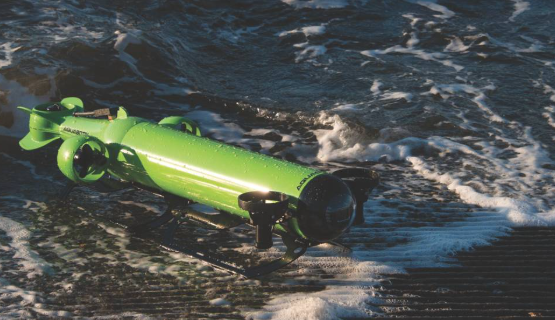
Hybrid underwater robots represent an engineering compromise that combines ROV reliability with AUV flexibility. The Nereus hybrid vehicle (retired after a 2014 implosion at 9,900m) demonstrated this concept's potential by switching between tethered and autonomous modes during its historic dive to Challenger Deep. Modern hybrids like Saab's Sabertooth use fiber-optic micro-tethers for occasional communication bursts while primarily operating autonomously - an approach particularly valuable for under-ice exploration where traditional ROV umbilicals would become entangled.
Hybrid System Capabilities:
Mode Switching: Seamless transition between ROV/AUV operation
Communication: Acoustic modems (5-10kbps) or fiber microtethers
Docking: Underwater recharging stations for extended missions
Navigation: SLAM algorithms for featureless environments
These systems excel in complex missions requiring both autonomous operation and human intervention. The Eelume snake-like robot, deployed in Norwegian fjords, represents an innovative hybrid approach - residing permanently underwater at docking stations, emerging for inspection and light intervention tasks before returning to recharge. Oil companies increasingly deploy hybrids for pipeline monitoring where vehicles might autonomously patrol routes for months, then switch to ROV mode for detailed inspection when anomalies are detected.
4. Underwater Gliders: The Ocean's Silent Observers
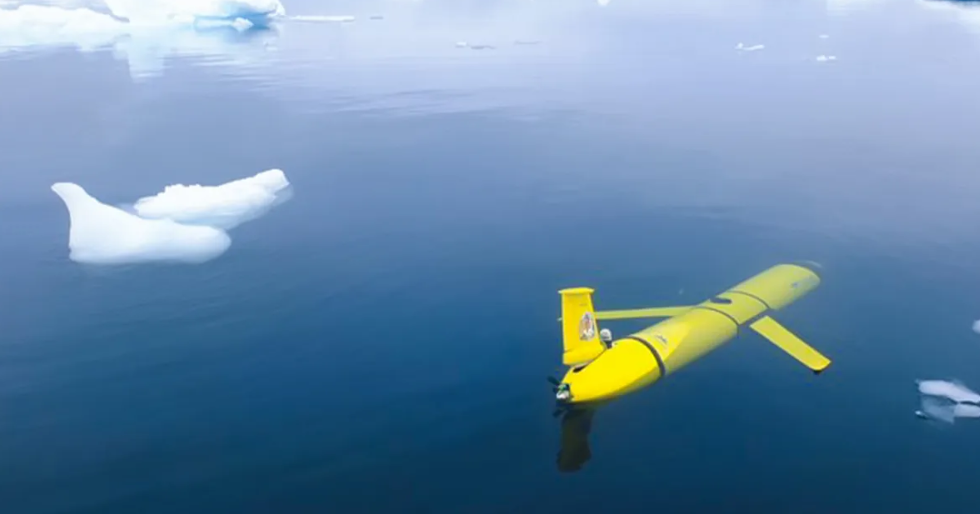
Underwater gliders embody marine robotics' most energy-efficient solution - achieving months of continuous operation through ingenious buoyancy engines rather than conventional propulsion. These winged robots (typically 1.5-2m long) change their density by just 0.1% to alternate between descending and ascending in sawtooth profiles, converting vertical motion into forward movement at about 0.5 knots. The Slocum Thermal Glider holds the endurance record, crossing the Atlantic while measuring ocean temperatures - powered entirely by thermal energy conversion in tropical waters.
Glider Performance Metrics:
Range: 5,000-10,000km per mission
Duration: 3-12 month deployments
Operating Depth: 200-1,500m (deep glider variants to 6,000m)
Data Collected: Temperature, salinity, oxygen, chlorophyll fluorescence
Energy Use: As little as 1W average power consumption
Gliders have revolutionized oceanography by providing sustained observations of phenomena like hurricanes' thermal effects and phytoplankton blooms. The global Spray glider fleet has completed over 10,000 profiling dives, while military applications include persistent surveillance of strategic waterways. New "deep gliders" like the Seaglider can reach 6,000m, opening the abyssal zone to long-term monitoring. Emerging biohybrid concepts incorporate microbial fuel cells that could theoretically enable year-long missions.
5. Swarm Robotics: Nature-Inspired Collective Intelligence
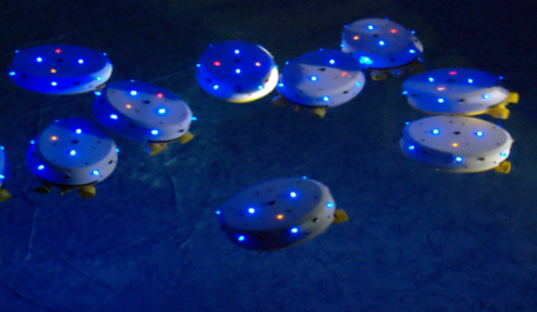
Swarm underwater robotics represents the bleeding edge of marine technology - deploying dozens to hundreds of small, simple robots that achieve complex collective behaviors through local interactions. MIT's Seaswarm project demonstrated how oil-eating nanorobots could autonomously coordinate to clean spills, while Harvard's RoboClam project mimics mollusk burrowing for seabed anchoring. The most advanced swarm demonstration involved 13 AUVs collaboratively mapping a 500m2 area off Portugal using self-organizing algorithms.
Swarm Robot Characteristics:
Unit Size: 10cm-1m scale individual robots
<
Communication: Acoustic meshing (1-10kbps) or optical links
Mobility: Bio-inspired propulsion (undulation, jetting, crawling)
Coordination: Stigmergy (environment-mediated cooperation)
Applications: Rapid environmental assessment, mine countermeasures
The EU's CoCoRo project developed the first self-organizing underwater robot collective that exhibits emergent behaviors resembling fish schools. Each simple robot follows basic rules about maintaining distance and alignment, but the group autonomously forms optimal search patterns. Defense applications include distributed sonar arrays for submarine detection, while scientific uses focus on rapid ecosystem assessment where many simple sensors outperform a single sophisticated platform. The future may see "robotic plankton" - millimeter-scale devices monitoring ocean health indicators.
Technical Comparison of Underwater Robot Types
| Type | Max Depth | Endurance | Data Bandwidth | Primary Applications |
|---|---|---|---|---|
| ROV | 11,000m | Unlimited (tethered) | 10Gbps (fiber) | Industrial intervention, science |
| AUV | 6,000m | 60 days | Post-mission | Seafloor mapping, surveys |
| Hybrid | 4,000m | 30 days | 10kbps (acoustic) | Pipeline monitoring, under-ice |
| Glider | 6,000m | 12 months | Satellite bursts | Oceanography, climate |
| Swarm | 200m | 24 hours | Local mesh | Environmental monitoring |
FAQ: How Do Underwater Robots Withstand Extreme Pressure?
Deep-diving robots use pressure-resistant titanium or composite housings with syntactic foam for buoyancy. The Limiting Factor submersible's 90mm-thick titanium sphere withstands 1,100 atmospheres at Challenger Deep. Electronics are potted in oil-filled compartments that equalize pressure, while cameras use pressure-balanced oil-filled lenses. Some innovative designs like the Orpheus AUV use ceramic housings that are both strong and buoyant.
FAQ: What Breakthroughs Are Coming in Underwater Robot Power Systems?
Next-gen power solutions include aluminum-sea water batteries (tested to 5,000m depth), underwater docking stations for inductive charging, and ocean thermal energy conversion for gliders. The most radical concept involves microbial fuel cells harvesting energy from organic matter in seawater - potentially enabling indefinite operation. MIT researchers recently demonstrated a robotic fish powered by shape-memory alloys that "swim" using thermal gradients.
FAQ: Can Underwater Robots Repair Themselves?
Emerging self-healing materials allow minor hull repairs underwater. The EU's SUBSEA project developed polyurethane coatings that seal cracks when exposed to seawater. More advanced concepts include modular robots that can reconfigure after damage - the U-CAT turtle robot can lose two flippers and still maneuver effectively. Future systems may use onboard 3D printers with underwater adhesives for field repairs.
The Future Horizon for Underwater Robots
Within this decade, we'll see robotic systems capable of autonomous deep-sea construction using in-situ resource utilization (ISRU) - harvesting minerals to 3D print underwater structures. The Ocean Discovery XPRIZE spurred development of robotic teams that can map the seafloor 100x faster than current methods. Biodegradable robots for environmental monitoring will dissolve after completing missions, while quantum gravimeters on AUVs may detect hidden underwater resources. As these technologies mature, underwater robots will become our primary interface with the ocean - persistent, intelligent agents unlocking Earth's final frontier.

